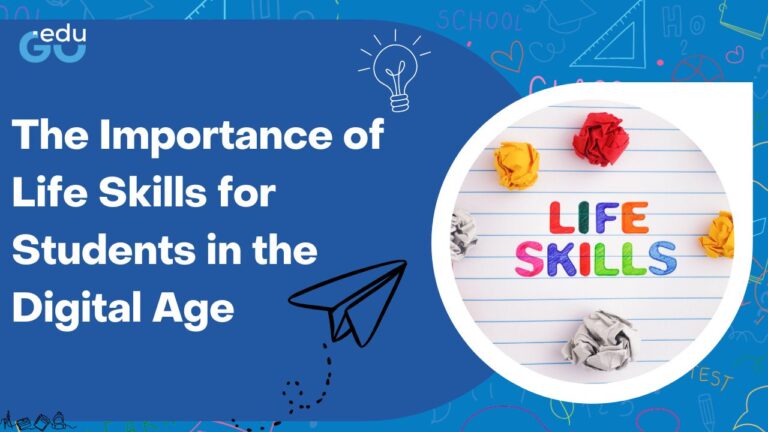Extracurricular activities are voluntary pursuits that occur beyond the boundaries of the regular academic syllabus. They encompass a wide range of options such as sports, arts, clubs, organizations, and community service initiatives. These activities provide students with opportunities to delve into their interests, enhance essential skills, and foster meaningful social connections.
Extracurricular activities are instrumental in the holistic development of students, enabling them to grow academically, socially, and personally. These activities align with students’ interests, nurture critical life skills, and prepare them for future academic and professional endeavors. Furthermore, they promote a sense of belonging and build a strong community spirit among students.
Benefits of Extracurricular Activities

Academic Performance
Participation in extracurricular activities positively impacts academic success. Students who engage in these activities develop time management skills, heightened motivation, and improved study habits, which contribute to better academic outcomes.
Personal Development
Extracurricular activities allow students to explore their passions, acquire new skills, and build self-confidence. These pursuits also teach invaluable life skills such as leadership, teamwork, and problem-solving, which are essential for personal growth.
Social Skills
Extracurricular involvement provides an avenue for students to socialize, form friendships, and enhance interpersonal skills. This is especially valuable in diverse learning environments where students interact with peers from varied backgrounds.
Career Opportunities
Engagement in extracurricular activities helps students stand out in college and job applications. It highlights qualities such as initiative, commitment, and leadership, which are highly valued by educational institutions and employers.
Types of Extracurricular Activities

Sports
Sports programs such as basketball, football, cricket, and swimming encourage physical fitness, teamwork, and sportsmanship. They also instill discipline and resilience in students.
Arts
Artistic endeavors, including music, drama, and visual arts, provide students with creative outlets and help build self-expression and confidence. These activities foster an appreciation for the arts and unlock creative potential.
Clubs and Organizations
Clubs and organizations cater to a broad spectrum of interests, ranging from debate and photography to coding and robotics. These groups encourage collaboration, critical thinking, and leadership among students.
Community Service
Community service initiatives offer students opportunities to give back to society. These activities nurture empathy, compassion, and a sense of responsibility while enhancing leadership skills.
Challenges of Implementing Extracurricular Activities
Limited Resources
Schools often face constraints in providing sufficient resources such as equipment, facilities, or trained personnel to conduct extracurricular activities effectively.
Parental Involvement
Not all parents prioritize extracurricular activities, and some may struggle to support their children’s participation due to logistical challenges such as transportation.
Time Constraints
Balancing academics and extracurricular activities can be a challenge, particularly for students in higher grades who have demanding schedules.
Academic Pressures
Finding an equilibrium between academic responsibilities and extracurricular commitments can be daunting for students striving to excel in both areas.
Strategies for Successful Implementation
Collaboration Among Stakeholders
Active collaboration among students, teachers, and parents is essential for the effective implementation of extracurricular activities. Regular communication, meetings, and feedback mechanisms can help identify student interests and allocate resources accordingly.
Prioritizing Extracurricular Activities
Schools should view extracurricular activities as integral to their educational programs. Providing a variety of options that cater to diverse student interests ensures inclusive participation and overall development.
Maximizing Available Resources
Sharing resources such as equipment or partnering with local organizations can help schools optimize their offerings. Collaborations with community groups, sports clubs, and arts organizations provide students with broader opportunities while reducing costs.
Encouraging Participation and Support
Offering scholarships, transportation services, and inclusive programs can encourage student participation. Recognizing student achievements in extracurricular activities through awards and certificates further motivates involvement.
Ensuring Quality and Safety
Schools must maintain high standards for extracurricular programs by hiring qualified instructors, conducting background checks, and adhering to safety protocols. Regular evaluations help ensure that activities remain engaging, relevant, and secure.
Conclusion
The role of extracurricular activities in education is pivotal. These activities contribute significantly to students’ academic, personal, and social development, equipping them with the skills and experiences needed for future success.
While challenges exist in implementing these programs, adopting effective strategies can ensure their success. By prioritizing these activities, schools create an enriched learning environment that fosters growth and prepares students for life beyond the classroom.







